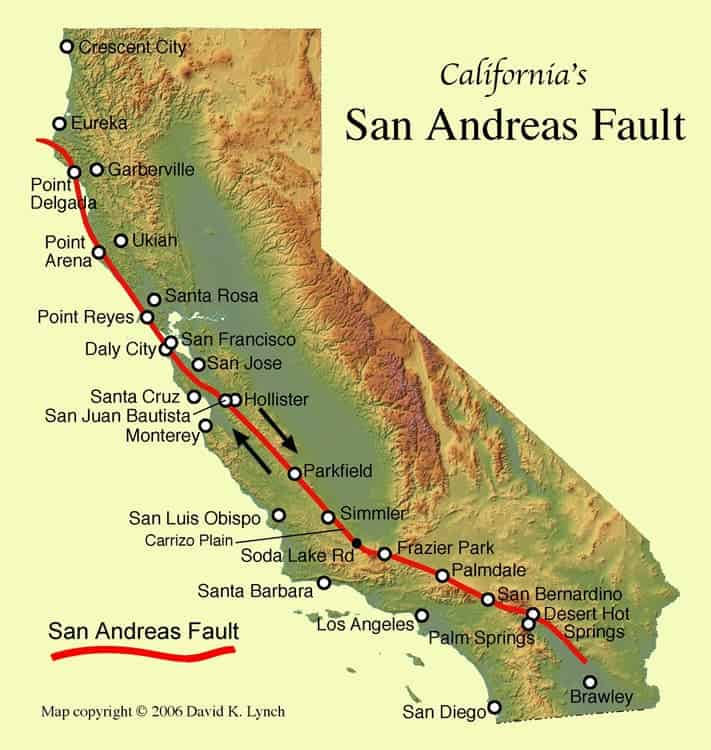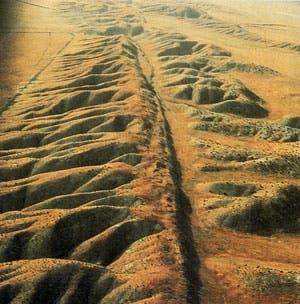It should be no surprise for anybody that a major earthquake is way overdue in LA; a study has shown that the area has a 99% chance of a big earthquake in the next 30 years (well, 25 years, since the study was conducted in 2008). Even with what should have been a huge wake up call for the US (the Japan earthquake 2 years ago), the country is still largely unprepared such an event. If something like this were to happen, the consequences would be disastruous. Now, as if all of these weren’t enough, another study warns of a possible “mega-quake” happening soon on the San Andreas fault.
The research conducted by seismologists focused on a section of the fault called a creeping segment; the creeping was long thought to be the stable portion of a fault, rather acting as a bareer than as a factor in an earthquake. However, as a different study showed, the creeping areas of a fault aren’t as stable as previously believed; the study was published no longer than yesterday.
“In order for a quake to happen, the fault has to be locked and the strain has to be building up over years, said Caltech seismologist Kate Hutton.
The question is if a quake that began in San Francisco on the San Andreas Fault could be continued into Southern California, to make things even worse.
“The answer is that it would be obviously a bigger earthquake than each side would have, but more it’s like two earthquakes that occurred at the same time and prevented the emergency services people from responding as they would if there was only one,” said Hutton.
Yet will all this research and study, the US seem pretty persistant to remain unprepared for any kind of event of this magnitude.








